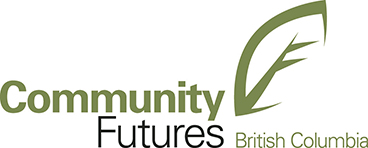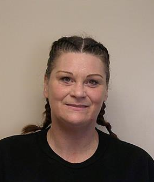Vancouver (GLOBE NEWSWIRE) — The British Columbia Utilities Commission (BCUC) approved an Optional Time-of-Use Rate (Optional TOU Rate) for BC Hydro’s residential customers.
BC Hydro will launch the Optional TOU Rate as soon as practicable after April 1, 2024.
Residential customers who sign up for the Optional TOU Rate will be billed for their total electricity usage during a billing period based on their existing residential service rate, and then they will receive an energy credit or charge per kilowatt hour (kWh) of electricity consumed during each usage period, as outlined below:
| Period | Time of Day | Energy Credit or Charge per kWh |
| Overnight | 11:00 p.m. to 7:00 a.m. | 5-cent credit |
| On-Peak | 4:00 p.m. to 9:00 p.m. | 5-cent additional charge |
| Off-Peak | 9:00 p.m. to 11:00 p.m. & 7:00 a.m. to 4:00 p.m. | no credit or additional charge |
For any customers who do not wish to opt-in for this new rate, their rates will remain unchanged.
The Optional TOU Rate will be available to customers in BC Hydro’s integrated service area who have a smart meter, except for common areas of multiple occupancy buildings. The Optional TOU Rate will also be available to BC Hydro’s net metering customers for deliveries from BC Hydro only.
This new rate is expected to encourage participating customers to shift their electricity usage to times of the day when there is more capacity available, and defer capacity investments in BC Hydro’s system, as peak demand throughout the province is forecast to continue to increase.
BC Hydro has been directed to file an evaluation report with the BCUC on the Optional TOU Rate no later than March 31, 2029.
For more information, please see the BCUC’s Order G-342-23 or BC Hydro’s application on the proceeding page.
Background
On February 27, 2023, BC Hydro filed its Optional TOU Rate Application pursuant to sections 58 to 61 of the Utilities Commission Act, seeking approval of Rate Schedule 2101 – Residential Service – Optional TOU Rate. The BCUC conducted an open and transparent public proceeding which included six interveners and 89 letters of comment from the public.







